
|
"Complex ecological examination of
Naftna industrija Srbije (NIS) production facilities"
- EnvironNIS -
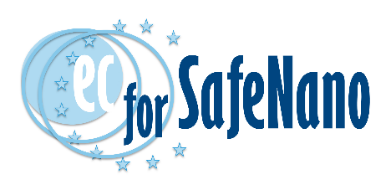
|
April 13, 2020 The H2020 project is now completed, with a concrete proposal for the creation of a self-sustainable European-wide virtual Centre for risk management and safe innovation in nanomaterials and nanotechnology. more
|
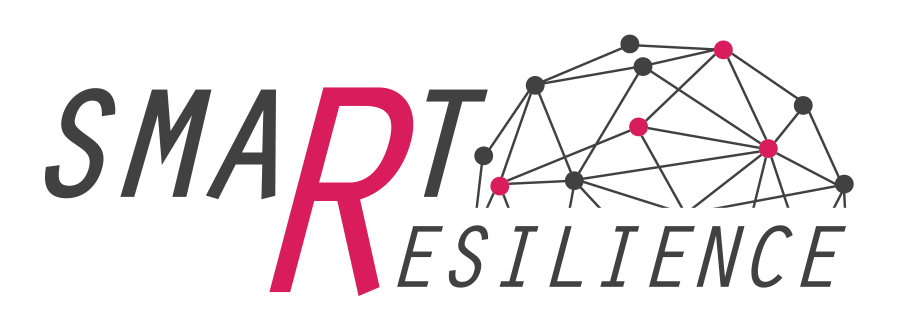
|
April 13, 2020 The SmartResilience H2020 project, coordinated by EU-VRi, has finished and its main results are released. more
|
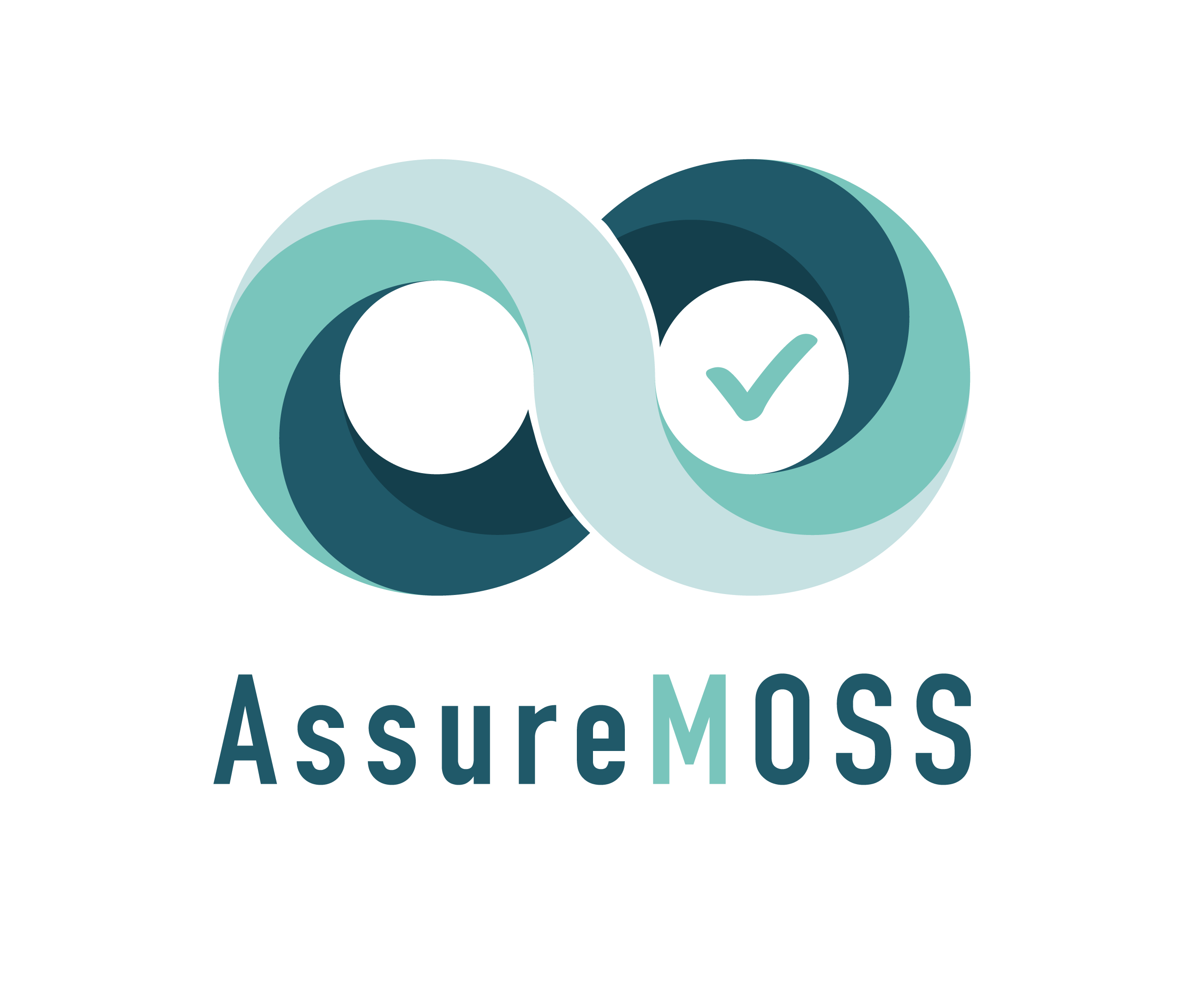
|
April 13, 2020 EU-VRi is glad to announce that the AssureMoss H2020 project has been selected for funding and is expected to start by the end of 2020. more
|
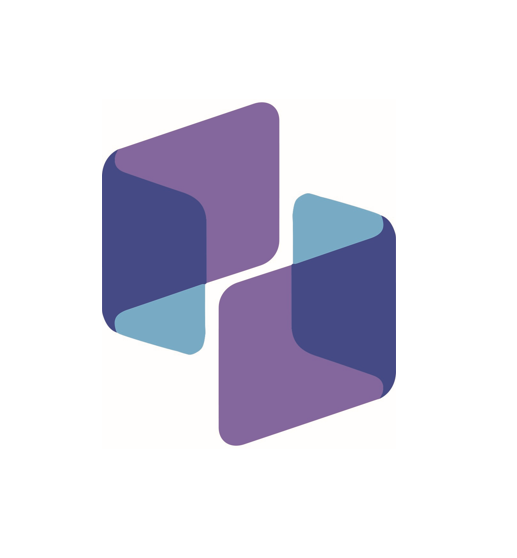
|
March 1, 2020 The Extratex project, coordinated by NTT, has been launched in March 2020. more
|

|
October 16, 2019 Prof. Dr. Aleksandar Jovanović will be leading a MasterClass on RBI from October 22-23, 2019, in Amsterdam, Netherlands. more
|
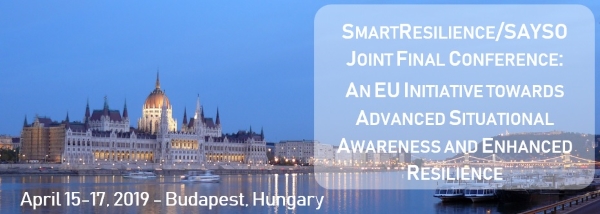
|
May 6, 2019 From Monday, April 15, 2019, through Wednesday, April 17, 2019, the SmartResilience team was pleased to collaborate with fellow EU Horizon 2020 project SAYSO in hosting their projects' Joint Final Conference in Budapest, Hungary, at the Hungarian Academy of Sciences, Institution for Social Sciences. more
|
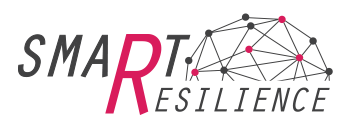
|
January 28, 2019 SmartResilience is referenced in a recent update to an International Organization for Standardization (ISO) webpage highlighting the work being done for the new standard ISO 31050 - Guidance for managing emerging risks to enhance resilience. The standard and will provide the guidance needed to deal with the "new, previously unknown or not considered, 'emerging' risks [which] can pose the greatest challenges to resilience, safety and operational and business continuity" and draws upon the work of organizations and projects including SmartResilience. more
|

|
January 9, 2019 Within the framework of H2020 project PANBioRA, the consortium is developing new techniques and instruments for biomaterial risk assessment. In this regard, Steinbeis Advanced Risk Technologies (R-Tech) is carrying out a stakeholder survey for the development of risk assessment tools. Please take a few minutes to fill out our survey.
We would very much appreciate your input and expertise! more
|

|
January 7, 2019
The SmartResilience project is highlighted in the recently released Safety Science journal article "Quantitative resilience assessment in emergency response reveals how organizations trade efficiency for redundancy." SmartResilience Project Coordinator Prof. Dr. Aleksandar Jovanović is one of the article's co-authors.
more
|
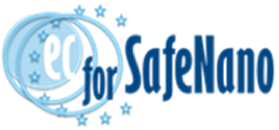
|
November 5, 2018 EC4SafeNano Day, November 5, 2018 in Grenoble, France (nanoSAFE 2018 Conference)
Let us work together to build the EC4SafeNano Centre! The EC4SafeNano project aims to bridge the gaps in sustainable production and use of nanotechnologies by understanding the safety and health risks of the technology and its end-products, and to implement practical strategies to manage the emerging risks. This is done by setting up an independent, science-based, managed Centre (hub) linked with several networks (spokes) to act at the interface between research organisations, industry, regulatory bodies, and civil society
If you are attending nanoSAFE 2018 – The Sixth International Conference organised by nanoSAFE, come join us for our one day event and get a say in building the EC4SafeNano Centre. more
|

|
October 1, 2018 ERRA - The European Risk & Resilience Assessment and Rating Agency more
|
|
June 4, 2018 The EC announced the proposed budget of €100 billion and the name of the next EU Research & Innovation Framework Programme: Horizon Europe (2021-2027) more
|
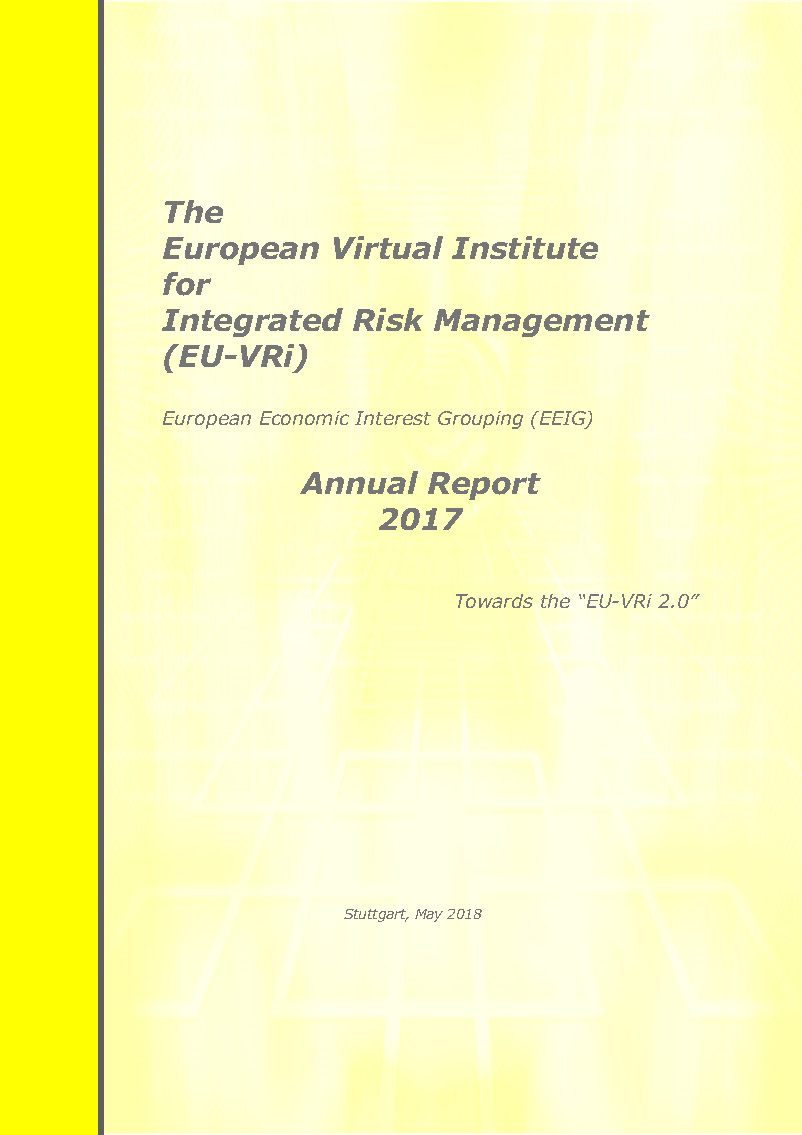
|
May 28, 2018 The report contains the representative running projects of EU-VRi, and introduces the new model of "Membership-as-a-Service".
The EU-VRi management has been reorganized, newpersons got involved. While maintaining ALL the main benefits for the current membership model starting with the project acquisition and including proposal preparation, project management, liaisoning and networking, dissemination, exploitation & implementation, standardization and education & training, the new model of “Membership-as-a-Service” has been introduced.
Downdload the Annual Report at https://www.eu-vri.eu/filehandler.ashx?file=16527. more
|

|
May 14, 2018 Stakeholder Consultation, May 14, 2018 in Rome, Italy (SETAC Meeting)
Help shape the NanoFASE Framework! The NanoFASE integrated environmental Exposure Assessment Framework applicable to engineered nanomaterials will enable understanding and prediction on the "exposure" side of the risk assessment equation (Risk = Exposure x Hazard).
If you are attending SETAC Rome – SETAC Europe 28th Annual Meeting, come learn about concepts and approaches underpinning our "Exposure Assessment Framework" and help us tailor it to be even more suited to your specific needs in the Regulatory, Industrial or Research sector. more
|

|
April 30, 2018 The H2020 project ResiStand (Increasing disaster Resilience by establishing a sustainable process to support Standardisation of technologies and services, www.resistand.eu) was successfully finished end of April 2018.
ResiStand is a two-year project (May 2016 - April 2018) that aims to identify new ways to improve the crisis management and disaster resilience capabilities of the European Union and individual Member States through standardisation. Whilst standardisation is a powerful tool with the potential to maximise technical, procedural, operational and semantic interoperability, there is a need to overcome apathy and limited participation from stakeholders. ResiStand contributed to an improved disaster resilience by identifying and analysing the drivers, constraints and expectations of three main stakeholder communities: Standardisation Organisations, End-Users, and Suppliers, consisting of researchers, industry and SMEs.
more
|
| | | |
| |
Steinbeis Advanced Risk Technologies GmbH and D’Appolonia S.p.A have finished the project Complex ecological examination of Naftna industrija Srbije (NIS) production facilities (EnvironNIS) and submitted the final reports on January 17, 2011.
The project was initiated based on the Agreement on purchase and sale of NIS shares between Republic of Serbia and Gazprom Neft in accordance to which Gazprom Neft has the obligation related to the reconstruction and upgrade of NIS process facilities and to improvement of the environmental safety of production processes.
The tender as well as Technical assignment, was approved by the competent ministries of the Republic of Serbia (Ministry of Environment and Spatial Planning at the time). Steinbeis Advanced Risk Technologies GmbH and D’Appolonia S.p.A, both having experiences in similar projects in Serbia, as a consortium, have won the tender in a very strong competition (17 companies/consortiums have submitted their bids).
| |
|
The project team, consisting of 20+ international and local experts for environment, health and safety issues, has started the work in July 2010 and successfully completed the project in four phases, in January 2011 when final reports were submitted. Reports were prepared in two languages (English and Serbian) for each of the 12 facilities which were the subject of ecological assessment. That makes 24 reports with about 2500 pages. The reports contain description of actual environmental status (soil, groundwater, waste water and air), evaluation of EHS management, as well as assessment of potential environmental risks and proposals for corrective measures.
Read more...
|

Emission from stacks for the period 2008 to 2009
presented in GIS supported web tool
|
|
The results of the study were presented at the press conference on March 17, 2011 in the Serbian Government’s press room, Nemanjina 11 in Belgrade and praised as "one of the best and the most comprehensive studies, ever performed in Serbia".
|

| |
| | | |
| | | |
| |
The goals of Complex ecological examination of Naftna industrija Srbije (NIS) production facilities were:
- to acquire objective assessment of ecological state of selected manufacturing facilities and of the influence of manufacturing activity on the environment
- to determine existing and potential ecological risks and finally
- to obtain initial information for the development of the program for stabilization and improvement of environmental conditions.
Selected facilities have included 3 oil and gas production and refinement facilities, 2 fuel retail and 3 storage facilities, 4 service and logistics.
The project work included the following phases:
- assessment of the environmental status of air, water (ground water, waste water) and soil (subsoil and soil on the dangerous material storage area) within each facility in comparison with the reference values defined by the relevant Serbian regulation and commonly used international regulation
- assessment of potential environmental risks, including financial risks in relation with possible violation of requirements from local regulation
- assessment of environmental management system, including health and safety management system, implemented at the facilities and in the company
- identification of corrective actions for the improvement of the environmental status, reduction of the ongoing environmental risks and liabilities.
Download EnvironNIS leaflet
|
The project activities have started with a throughout analysis of existing data from previous studies and investigations of soil, air, groundwater and wastewater status, as well as data from regular monitoring conducted by NIS, data on the current HSE management system, information on waste productions and waste management in general. Review of the input data has included relevant EU regulation and Serbian laws and regulation in the respective fields as well.
The analysis of input data was supported with the intensive audits carried out at 12 locations and covering environment, health and safety issues. These audits have allowed determining general environmental status of the facilities, identifying evidences of contamination and reviewing the adequacy and efficiency of the EHS management systems implemented at different levels in the company.
|
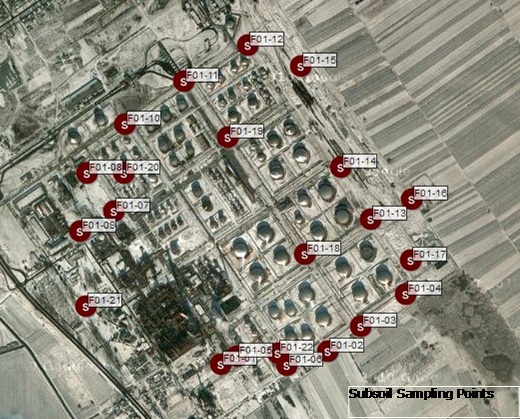
|
|
Based on the results of the data analysis and the outcomes of the site audits, the plan for further site investigation (soil and ground water, about 70 borings) was prepared, agreed with NIS in relation to drilling methodology to be used, numbers and types of samples to be collected. Samples were collected and tested in accredited laboratories. The results of these testing together with results of other investigation activities conducted in relation to air pollution, waste water and waste management allowed identifying the status of considered media and potential risks. A number of corrective / mitigation actions, which have been considered by the project team as suitable and efficient for improvement the environmental conditions and the environmental management, were recommended for each facility.
Actions proposed by the project were reviewed and accepted first by the top management of NIS and Gazprom Neft , then by the Serbian competent authorities since they were considered as a base for preparation of action plans for NIS facilities involved.
|

| |
| | | |
|
|